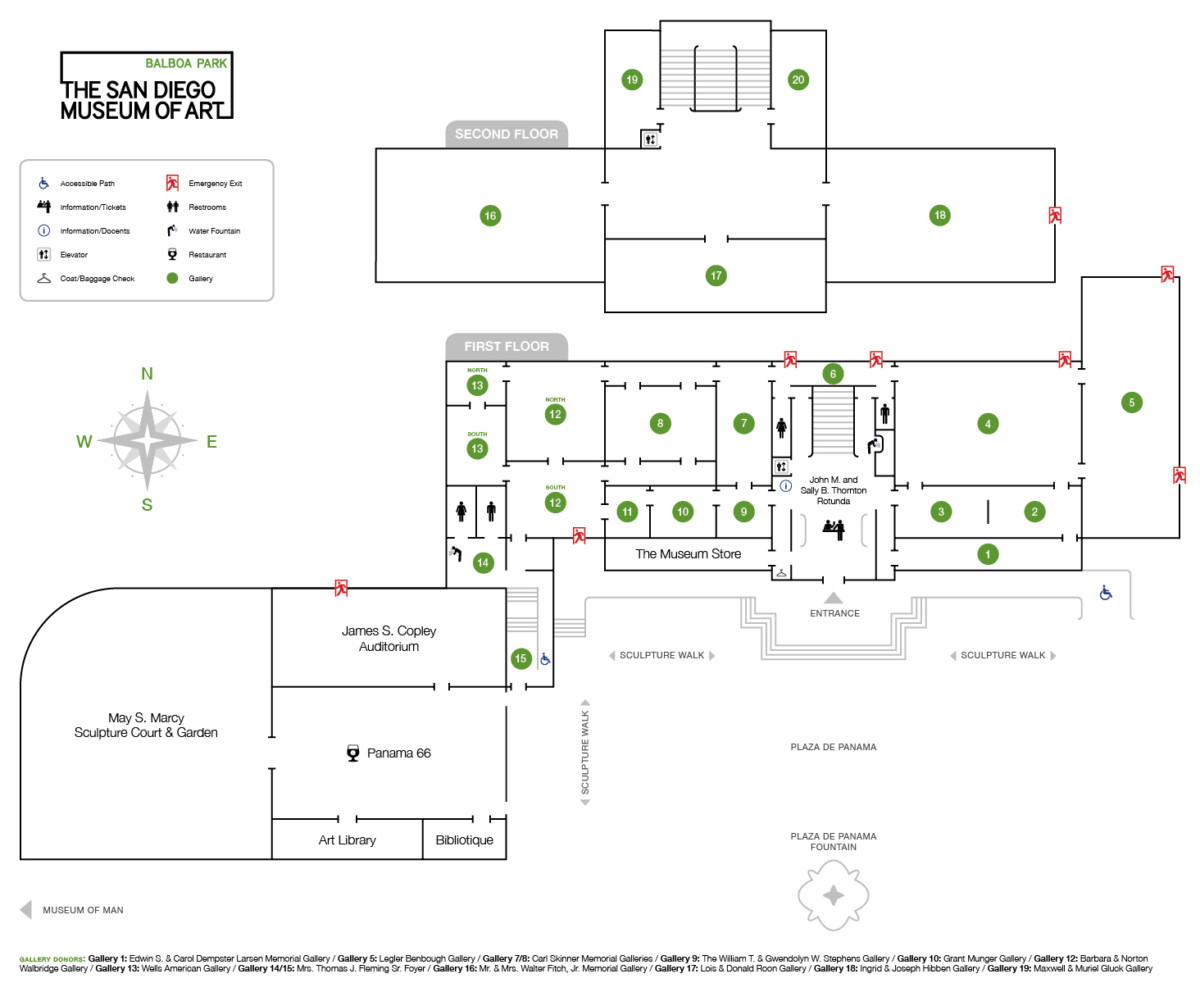Selections from the School of Paris, Prints and Drawings, ca. 1900-1950
In the first half of the 20th century, Paris was the center of the art world. French artists like Henri Matisse and Robert Delaunay constituted one aspect of the avant-garde, but the many foreign artists working in the city were equally important. These foreigners, ranging from the Spaniard Pablo Picasso to the Italian Amedeo Modigliani and the Russian Marc Chagall, represented many diverse artistic trends. Post-Impressionism, which the English critic Roger Fry associated with a “harmony of line,” Fauvism, and the beginnings of pure abstraction all flourished in this Parisian milieu, but no one trend was predominant. Nonetheless, the Parisian artistic community was so strong that the seemingly disparate artists are collectively identified as the School of Paris. This installation of works on paper highlights that school, bringing to view a number of works from the Museum’s permanent collection that have not recently been shown and also presenting a number of new gifts for the first time. In addition to the artistic movements encompassed here, one might also trace the evolution of techniques, which range from traditional media such as pen and ink, etching, and watercolor, to the newer printmaking techniques of color lithography and screen printing or serigraphy.


